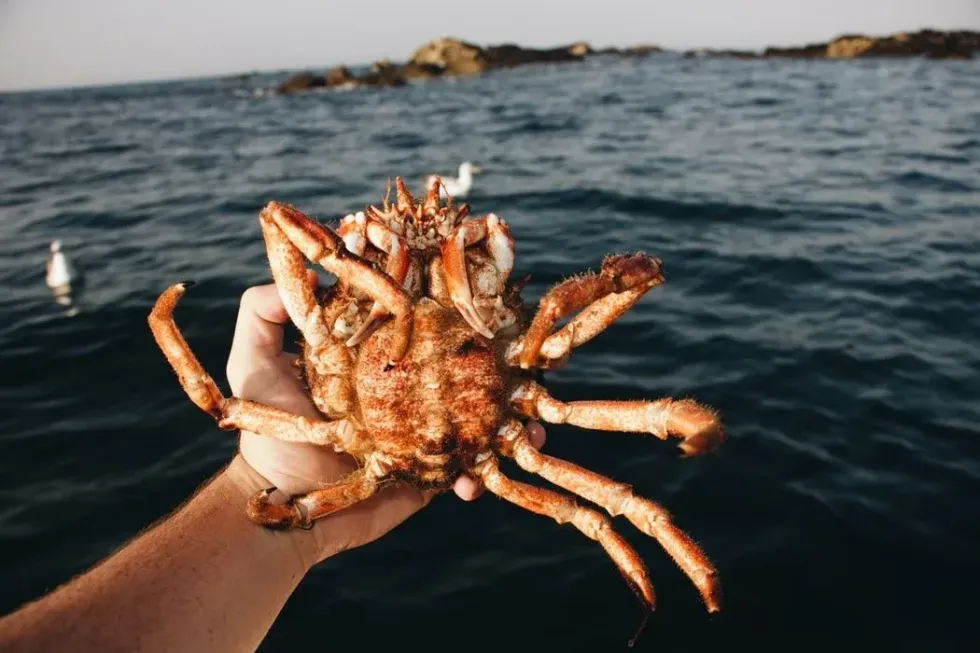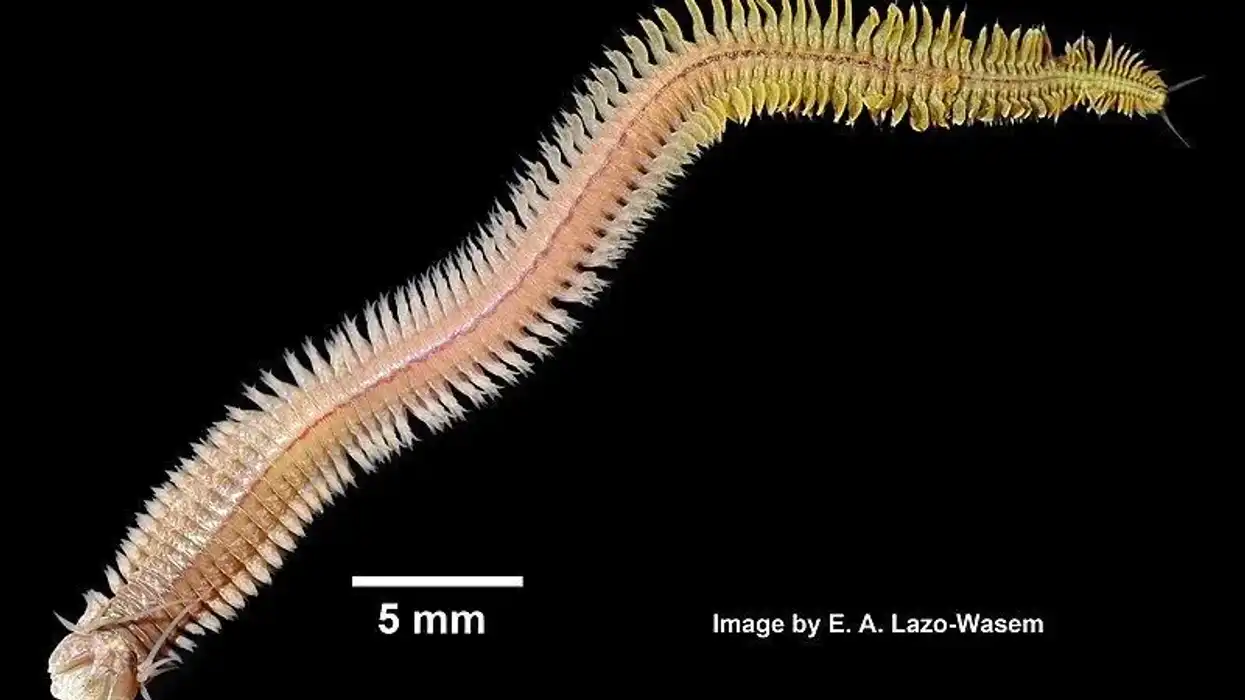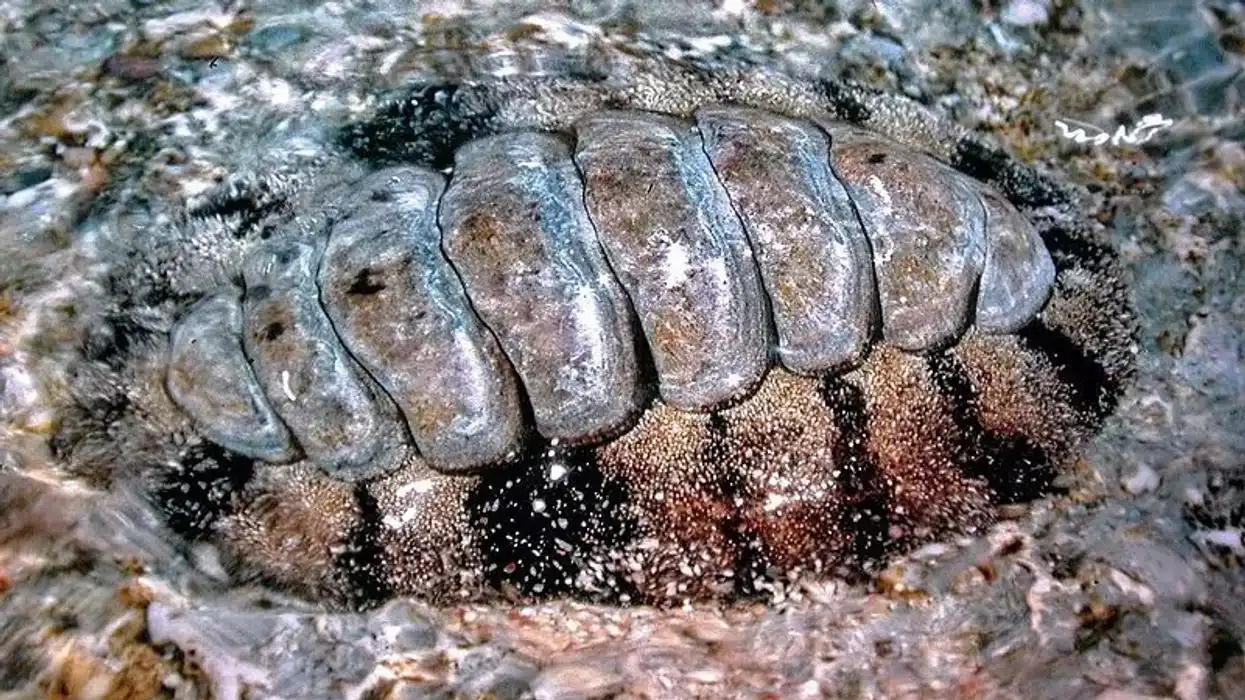The blue king crab is widely known as a seafood delicacy, and this family of crabs is discovered in the cold seas of Alaska.
The king crab is large and most of the species are harvested for their meat. There are over 10 genera and 121 species of king crab found in various parts of the world.
The most familiar species constitute the red king crab, the brown king crab, the golden king crab, the scarlet king crab, the southern king crab, and the blue king crab.
The blue king crab is a decapod, which is found on Diomede Island, St Matthew Island, and Pribilof Island, Alaska.
This variation of king crab which is found in the southern latitudes is often bigger than those found in the northern latitudes because cold water slows down their development.
When it comes to fishing, the ADFG (Alaska Department of Fish and Game) and the NMFS (National Marine Fisheries Service) are the two jurisdictions that are operated under the NPFMC (North Pacific Fisheries Management Council) that control populations of the blue king crab found in the Bering Sea, between the Penninsula of Alaska and Cape Newenham.
Their body is covered in an exoskeleton and their right claw is the biggest of all.
To know more about the amazing blue king crab keep reading this article or check out our articles on the sally lightfoot crab and the hermit crab to learn more about other fish and sea creatures.
Blue King Crab Interesting Facts
What type of animal is a blue king crab?
The blue king crab (Paralithodes platypus) is a type of king crab of the genus Paralithodes. It is a crustacean and its body is covered in a shell or exoskeleton.
What class of animal does a blue king crab belong to?
This species of king crab belongs to the class of Malacostraca.
How many blue king crabs are there in the world?
Although the population of this king crab has been depleted in the last few decades, it is not a direct target of commercial fisheries. The exact population of this king crab (blue) has not been assessed.
Where does a blue king crab live?
King crabs are located in cold seas are have more than 121 species, the blue king crab is found in the region of Alaska and is known as the Alaskan king crab.
Their range is extended to the southeastern part of the Gulf of Alaska and this species of king crab can also be discovered near Norton Sound and around St. Lawrence Island.
A small population also exists on the East Asian coast, particularly near Siberia and northern Japan.
What is a blue king crab's habitat?
The cold water of the sea is an advantageous habitat for the Alaskan king crab (blue) hence these blue king crabs are found in a surplus in the northern region of the Bering Sea. A rise in temperatures due to global warming has impacted these crab populations, pushing them into more extreme depths of the ocean.
Who does blue king crab live with?
Some crabs live in groups while others may live alone, the preference of this Alaskan king crab is not currently known.
How long does a blue king crab live?
The average lifespan of blue king crabs is 20-30 years.
How do they reproduce?
Pribilof Island blue king crabs become sexually mature when they achieve their optimum size, as does the St. Matthew Island blue king crab at 3 in (7.6 cm). Female crabs lay eggs after mating with male crabs and the incubation period can range from 12 to 14 months.
The Pribilof Island blue king crab produces eggs from the end of March to the beginning of May which eventually hatch as larvae. Larvae are then released after 29 days.
What is their conservation status?
A major part of this crab's population resides on St Matthew Island and the Pribilof Islands. These crabs are not being harvested directly by fisheries, but whether the species needs special conservation measures has not been decided yet because their conservation status is currently still Least Concern according to the IUCN.
Blue King Crab Fun Facts
What do blue king crabs look like?
This species of king crab is a massive crustacean with an exoskeleton shell that safeguards it from potential predators. Blue king crab legs are long, but not as slender as those of the brown king crab or as golden king crab legs.
Blue king crab populations of the Pribilof Islands have a carapace width of 6.5 in (17 cm) or more, while the St. Matthew Island king crab has a carapace width of more than 5.5 in (14 cm), and so does the Diomede crab.
Each king crab has 10 king crab legs and the first pair is utilized as pincers.
The largest pair is their right claw and three pairs of legs are used for walking. The function of their tiny king crab legs is different in males and females, as males use their tiny legs to transfer sperm while females use their tiny legs to clean embryos.

*Please note that this is an image of a crab, not a blue king crab specifically. If you have an image of a blue king crab, please let us know at hello@kidadl.com
How cute are they?
The Alaskan king crab is a crustacean and many people can find them intimidating rather than cute!
How do they communicate?
The release of pheromones is the main method of communication amongst crabs, but the exact method of communication between blue king crabs is not known.
How big is a blue king crab?
The size of these king crabs in the Pribilof Islands and St. Mathew Islands is more than 5.5-6.5 in (13.97-16.5 cm) and they weigh around 18 lb (8.1 kg).
How fast can a blue king crab run?
King crabs in general can run at a maximum speed of 0.34 mph (0.54 kph) but the precise speed of a blue king crab is not known.
How much does a blue king crab weigh?
They weigh approximately 18 lb (8.1kg).
What are the male and female names of the species?
There are no specific names for this species based on their gender.
What would you call a baby blue king crab?
A female crab can produce as many as 150,000 blue king crab eggs which, after hatching, become larvae. Larvae are tiny and are called 'zoea'.
What do they eat?
The diet of the Alaskan king crab species consists of fish parts, sponges, clams, worms, and mussels. They are omnivores.
Are they poisonous?
Blue king crabs are not poisonous.
Would they make a good pet?
These marine creatures are found in the cold water of the deep ocean, so they are not suitable as a pet.
Did you know...
The blue king crab is also known as a 'stone crab'.
This species of king crab is closely related to hermit crabs.
The shell of a blue king crab is made up of calcium, these shells go through molting too!
A blue king crab is worth approximately $8.49 per pound.
What is the difference between a red king crab and a blue king crab?
A red king crab is very similar to a blue king crab, but the two species can be distinguished on various grounds. Firstly, red king crabs are much more in demand and more are harvested by the commercial fishing industry.
Red king crab legs are also thicker than blue king crab legs and the meat of a red king crab is not sweet as that of a blue king crab. Red king crabs are found in shallow water while the blue king crab is discovered in deep water.
What is the rarest crab?
The rarest king crab is the blue king crab as it is discovered in deep cold water, such as in the Bering Sea of Alaska, St Mattews Island, and the Pribilof Islands. It is also found near Norton Sound and around St. Lawrence Island.
This crab is expensive (more expensive than other kinds of crab) because it is so rare!
Here at Kidadl, we have carefully created lots of interesting family-friendly animal facts for everyone to discover! For more relatable content, check out these Asian lady beetle facts and ghost moth facts for kids.
You can even occupy yourself at home by coloring in one of our free printable blue king crab coloring pages.
*Please note that the main image is of a crab, not a blue king crab specifically. If you have an image of a blue king crab, please let us know at hello@kidadl.com









